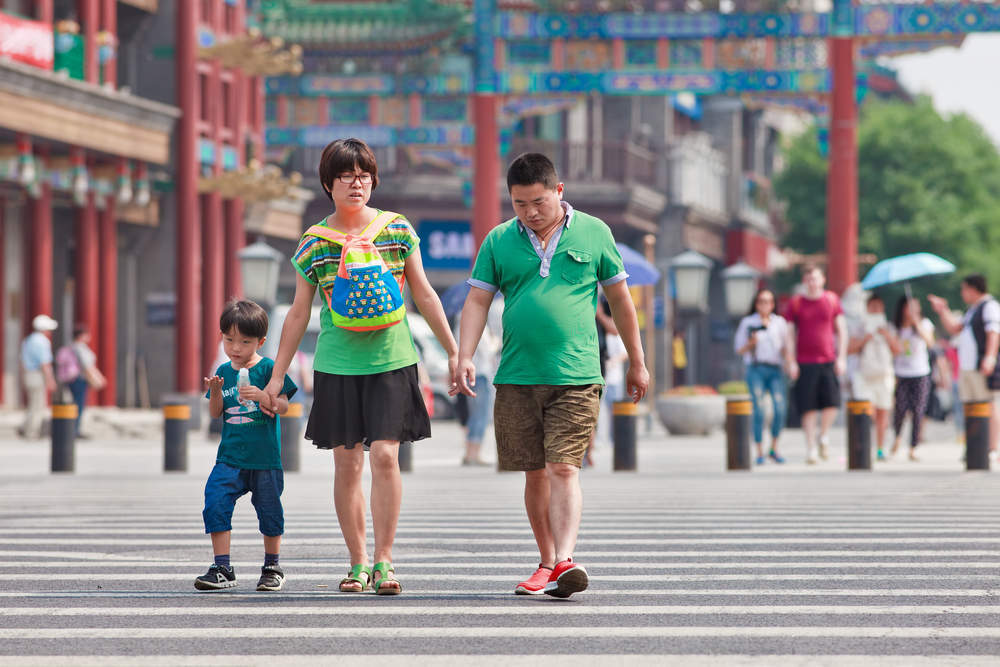Despite the Chinese government saying it expects births in the country to reach 21m by 2020, data suggests the actual figure will be significantly lower than this.
There are some clues in superstitions surrounding the Chinese calendar.
From the beginning of 2016 the Chinese Government lifted its so-called one-child policy in the face of an ageing population and the need to increase the workforce.
The number of births recorded in 2016 rose by 1.31m over 2015 to 17.86m, the highest figure since 2000, according to GlobalData research.
However, the rise may not be as much of a triumph as it at first appears.
The calendar year 2016 fell mostly in the Chinese year of the monkey, widely viewed as a relatively lucky year in which to be born.
How well do you really know your competitors?
Access the most comprehensive Company Profiles on the market, powered by GlobalData. Save hours of research. Gain competitive edge.

Thank you!
Your download email will arrive shortly
Not ready to buy yet? Download a free sample
We are confident about the unique quality of our Company Profiles. However, we want you to make the most beneficial decision for your business, so we offer a free sample that you can download by submitting the below form
By GlobalDataConversely, 2015 was the in year of the goat, which is traditionally viewed as an unlucky year, and some families, particularly in the north of China, may have postponed giving birth, preferring to wait in order to have a monkey baby.
Historically, the number of births has always dipped in goat years and picked up in the following monkey year.
The number of births had been on a gradual upward trend prior to the 2015 drop, and the 2016 figure is really only a continuation of this trajectory.
The reality is that the one-child policy — and the more recent watered down versions of it — was not the main cause of the low level of births prevalent in China.
Aside from the horoscope-driven annual variations, another factor depressing births has been the decline in the number of women of child-bearing age, which has been falling since 2011.
In 2015, the number of women aged 20-29 fell by 1.5m. Over the period 2015 to 2021, the number of women aged between 20 and 29 is forecast to decline by over 2m each year.
Also, the high cost of having children (food, education, housing etc) has put couples off having a second child and perceptions have changed, as parents are no longer as dependent on their children as they age.
In other Asian societies, birth rates are even lower (8.70 per thousand population in Taiwan in 2016 and 7.88 per thousand in Japan, compared with 12.92 per thousand in China in 2016), and measures to encourage births are meeting with little success there.
Chinese women already have a fertility rate (1.55 per thousand) that is higher than Japan (1.4 per thousand) and Germany (1.39 per thousand).
The year of the rooster that began on January 28th is likely to see another upturn in the number of births, with roosters also seen as lucky.
The following year (year of the dog) may be the first where the effects of the change in family planning policy can really be measured, as historically there has been no perceptible boost in the number of births in dog years.






